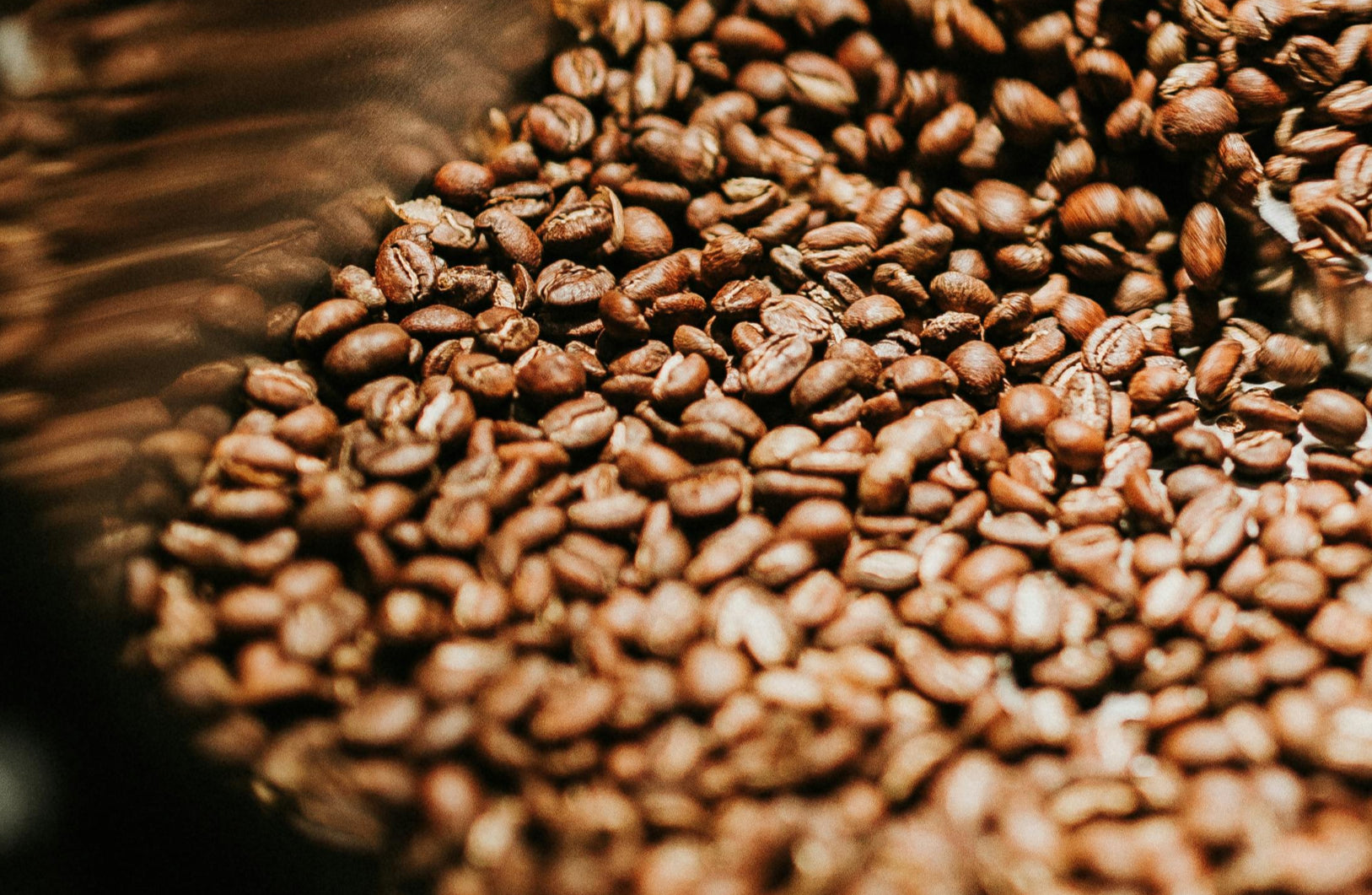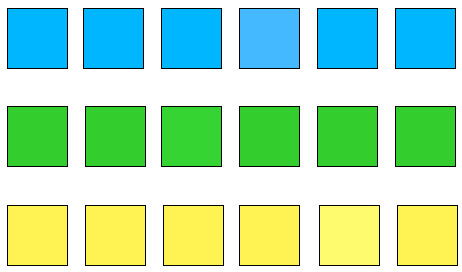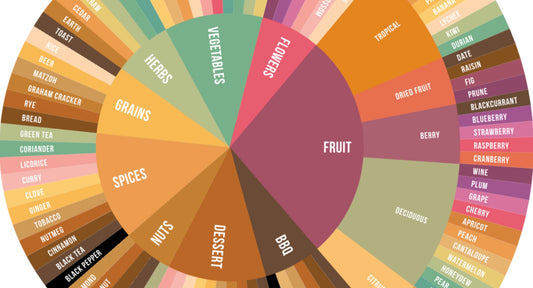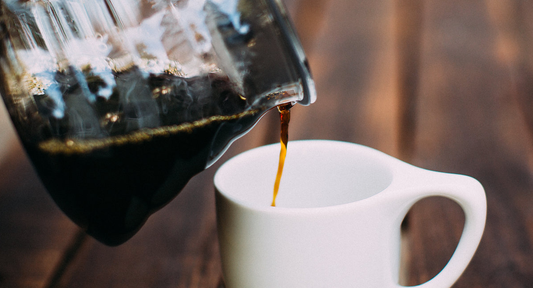
Blog
Blog

How Different Coffee Origins Taste (usually)
At Angels' Cup, we ship blind coffee tasting flights to our subscribers to help them develop a sharper sense of taste. People sometimes wonder what flavor notes they should look...
How Different Coffee Origins Taste (usually)
At Angels' Cup, we ship blind coffee tasting flights to our subscribers to help them develop a sharper sense of taste. People sometimes wonder what flavor notes they should look...

The Ultimate Guide to Building Your Palate
Best Practices for Building a Sophisticated Palate At Angels’ Cup, our mission is to help people develop a sharper sense of taste. Coffee is our medium of choice, but we...
The Ultimate Guide to Building Your Palate
Best Practices for Building a Sophisticated Palate At Angels’ Cup, our mission is to help people develop a sharper sense of taste. Coffee is our medium of choice, but we...
Growing Your Business and the Specialty Coffee ...
James Hoffman recently published a blog post titled A Customer Conundrum where he mostly discusses how to convert second wave coffee drinkers to the third wave without coming off as...
Growing Your Business and the Specialty Coffee ...
James Hoffman recently published a blog post titled A Customer Conundrum where he mostly discusses how to convert second wave coffee drinkers to the third wave without coming off as...

Closing the gender gap in coffee, wine, spirits...
In a recent Angels' Cup Coffee Hunters podcast, the topic of women in high-level coffee industry roles was brought up. It's generally agreed that women have a sharper sense of...
Closing the gender gap in coffee, wine, spirits...
In a recent Angels' Cup Coffee Hunters podcast, the topic of women in high-level coffee industry roles was brought up. It's generally agreed that women have a sharper sense of...

The Angels' Cup Coffee Tasting Sheet (aka cuppi...
Taking notes not only helps you remember the things you try, but forces you to think about coffee in a systematic way. If you're building your own coffee club, hosting...
The Angels' Cup Coffee Tasting Sheet (aka cuppi...
Taking notes not only helps you remember the things you try, but forces you to think about coffee in a systematic way. If you're building your own coffee club, hosting...

The Beginner's Guide to Angels' Cup
Welcome to Angels' Cup! You're about to embark on a journey that actually has nothing to do with coffee at all. It's about you, developing a stronger sense of taste,...
The Beginner's Guide to Angels' Cup
Welcome to Angels' Cup! You're about to embark on a journey that actually has nothing to do with coffee at all. It's about you, developing a stronger sense of taste,...